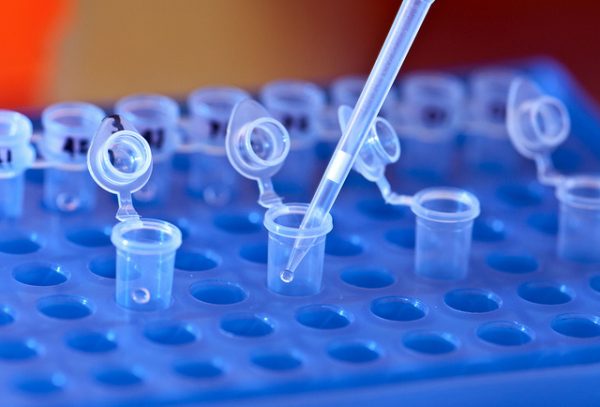
Consumer genetic-testing is now available through several companies in the U.S, but can these tests actually explain your medical conditions? Sociologist Stefan Timmermans goes behind the scenes of a clinical genetics laboratory and explores how experts study a section of the genome – called the exome – to discover the genetic causes (genotype) of a certain disease (phenotype).
After three years attending the board meetings at one of the first U.S. academic centers to offer whole exome sequencing, Timmermans found that clinical scientific teams encounter great difficulties when trying to establish the causal connection between genes and symptoms. Sometimes the process is short and clear (what they call a scientific “slam dunk”). For instance, while studying the exome of a 35-year-old woman with retinitis pigmentosa, the team found a variant in her USH2A gene. The gene’s location, its rare frequency in the population, and previously published reports indicated that the team had “nailed” a molecular case.
But most of the cases Timmermans witnessed were not that straightforward. He found instead that laboratory geneticists have to balance the information at hand (such as gene sequences and patients’ clinical records), with their disciplinary background, cultural beliefs, and institutional limits. Because they are doing a clinical study, scientists need a quick and accurate diagnosis, which means there is little time for long-term research or speculative debates. Professionalization also plays a role. Scientists are usually trained under the “one-gene-one-trait” tradition, which compels the team to choose one possible cause and exclude other genetic causes from their report, even when they might think that multiple genes are causing the disease. Finally, personal and moral considerations matter. For example, in spite of the absence of a clear genetic path, the team decided to report a gene only slightly associated with the disease, in part because they felt morally obligated to the family of the patient.
Patients expect that exome sequencing will define the proper treatment and prognosis, but the process of genetic sequencing is not as clear-cut as it seems. Institutional, moral, and personal circumstances all influence how scientists understand the relationship between genotype and phenotype. In short, even science is a very social activity.

Comments